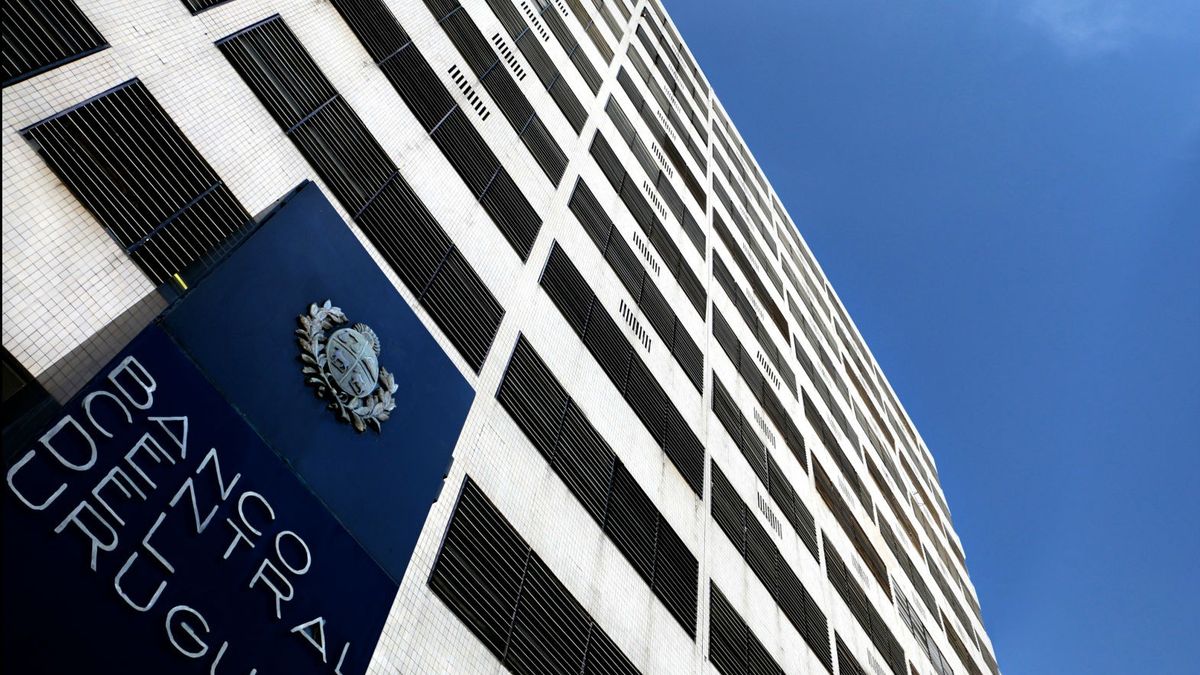Tempers are running high. Not only among the export sectors that, in the last week, saw the dollar to the range of 37 pesos and then recover 1.85% of its value in three days without guarantees that there will be any type of stability or upward trend; but also within the government itself, which is pressured by the claims of one of the most important economic groups in the country in a year in which every opinion counts more than ever.
For this reason, the confirmation of the president Luis Lacalle Pou that next week there will be “a sign”, some measure that, although it will not have a strong impact, may be well received among agro-export and industrial businessmen, opens the doors to what may be a momentary truce in the rise of the tone of the discussion.
The temporal reference is not causal, and allows us to guess what that “signal” will be: a new cut in benchmark interest rates by the Central Bank of Uruguay (BCU)while the Monetary Policy Committee (Copom) will meet next Wednesday the 10th with the aim of making a decision in this regard.
A “pause” of the pause?
The possible decision to cut the Monetary Policy Rate (MPR) even though that him BCU had just begun its pause in the bearish cycle with the objective of advancing in the consolidation of inflation within the target range is supported by several determining factors.
The most important, undoubtedly, is the data of the Consumer Price Index (CPI) March, which was 3.8% year-on-year and reached its lowest level since August 2005. This significant drop even within the target range – where it has already been for ten consecutive months – gives some air to the BCU to make the course of monetary politics that he had proposed for, at least, the first half of the year.
In this way, with a good scenario in inflationary terms, the government could allow itself to lower rates to demonstrate its intention to act on the exchange delay, despite the fact that this measure has not had great results last year, when the dollar in the local exchange market mostly followed the behavior of the currency globally.
This is also supported by the fact that the MPR is currently at 9%, while the accumulated inflation for 2023 was 5.11%, according to data from the National Institute of Statistics (INE); and that the annualized rate as of March was only 3.8%. Therefore, the profitability margin for investors remains very significant, so a cut would not imply considerable harm to them.
On the other hand, in the region there were similar cases of countries that, following the path of Uruguay Regarding the consolidation of lower levels of inflation, they recently determined cuts in their reference interest rates. An example is Chili which, on Wednesday, decided to lower it by 75 basis points to 6.5%, and anticipated further declines.
A surprise? to the market
That Copom decides to cut the MPR next week would be a surprise for the market which, according to the latest Economic Expectations Survey (EEE) of the BCU, published on Tuesday but corresponding to January, it does not expect new declines during this month and, in fact, does not project changes until August.
For the economic agents consulted by the monetary authority, the majority expectation is that rates remain unchanged at the current 9%; in line, furthermore, with the attitude of the United States Federal Reserve (Fed)which is reluctant to soften its restrictive cycle and has already advanced the possibility of reducing the amount of cuts for this year.
In any case, there are some additional signals at the market level that already indicate a possible additional decline after the Copom meeting: on the one hand, the cut rate of the BCU experienced a drop of 0.04% in the bidding of Monetary Regulation Bills (LRM) last week, a behavior that, on previous occasions, preceded the MPR cuts. Although it was not a large reduction, it could be read in line with the upcoming “signal” from the government.
Likewise, the Taylor’s rule of monetary policy, which relates the nominal interest rate that a central bank should adopt with inflation, gross domestic product and other economic variables, suggests some additional reduction in reference interest rates, according to the economist Aldo Lema. According to this calculation, the MPR could be between 8.6% and 8.8%.
A “signal” that does not give much room for negotiation either.
Despite the “signal” that the government agreed to for the agro-export and industrial sectors, the truth is that the predominant discourse in the administration of Lacalle Pou is that of non-intervention of the exchange rate. Although they recognize the weakness of the dollar with respect to the peso—or the strength of the peso with respect to the dollar—the Executive avoids talking about “exchange delay” and prefers to point out the existence of a exchange rate misalignment real with respect to its foundations.
In that sense, the president, in the same meeting with the businessmen, supported the monetary policy carried out by the president of the BCU, Diego Labat; something it does frequently as long as it understands the importance of keeping inflation levels low and maintaining the floating exchange ratewithout intervention—an aspect highlighted, even, by credit agencies when improving the credit rating of Uruguay.
“The dollar is where it should be,” said Lacalle Pou, giving an account of his position on the issue and denying the idea that Uruguay is facing the worst exchange rate delay in its history.
This hardening of discourse is something that is also observed in other members of the government such as, for example, the minister of Livestock, Agriculture and Fishing (MGAP), Fernando Mattoswhich although it considered that the producers “are right” in their claims about the value of the dollar, demanding an exchange rate 20 pesos more expensive—as the Rural Federation— “It would not be reasonable.”
Source: Ambito




